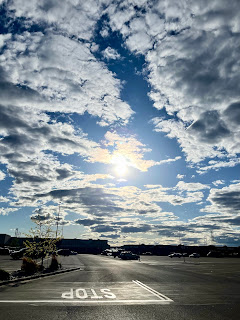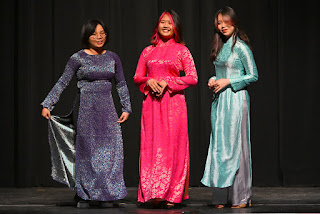The insecurity of photographic "Truth"
"the camera “sees everything, and it represents just what it sees” - that it “has an eye that cannot be deceived and a fidelity that cannot be corrupted” (Jurgenson, 95). Widespread adoption of digital information technology has fatally altered our belief in the photograph as an accurate record of events or things in the world. The fact that a photographs “could be fabricated” means that “nothing in a photograph need be real.” Ultimately we want to understand the picture as an act of knowledge, a knowing. To say what a photograph shows is the simple part; to articulate what it knows or means is something else. Photographs typically lead us inward from what they depict on the surface toward less visible. “In a photograph, the dimension of the world are made flat, flowing time is frozen still, the frame and shutter speed and all the various camera mechanisms manipulate reality to produce a contingent result.” (Jurgenson, 97). In particular, film, distinguishing it from other forms of art and communication. This is because film has the ability to capture a direct, mechanical imprint of the unpredictable movement of reality as a series of equidistant static images. Through the enhanced visibility (such as the close-up or slow-motion) and re-play ability of this static state, film can reveal contingent nuances of this movement. Therefore, film can be seen as uniquely positioned on a semiotic threshold between movement and stillness – the infinitely complex movement of the real, and the conceptual stillness of language
https://www.instagram.com/tv/Ccej3mTucpX/?igshid=YmMyMTA2M2Y%3D&fbclid=IwAR1l1vikBJDq7bISftYDgxW-ezyiHN2WZs73LogCj5P73G_uzNt3JbcXv8w
https://www.instagram.com/tv/Ccei8x2LOtQ/?igshid=YmMyMTA2M2Y%3D&fbclid=IwAR0TgdB3QCYoCSNN-XclGKStZ-M6dQOK3WLovUf2FevoUEz2fgTC1DZgrAw
https://www.instagram.com/tv/CcVtfkPAKJu/?igshid=YmMyMTA2M2Y%3D&fbclid=IwAR0bmrexBqoAjC6kpRbT_TPLFzGDU54XOdtIrOD8ovvQY0EZdR69GHbPmDg


Comments
Post a Comment